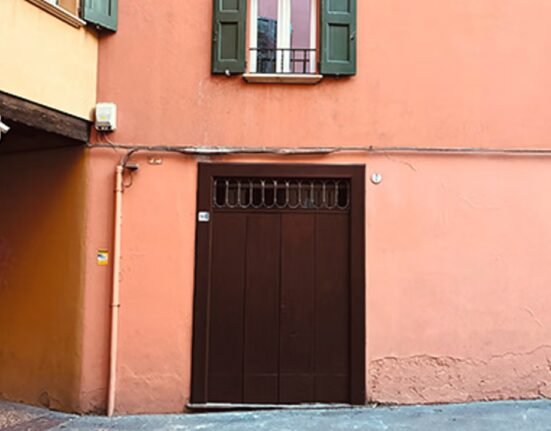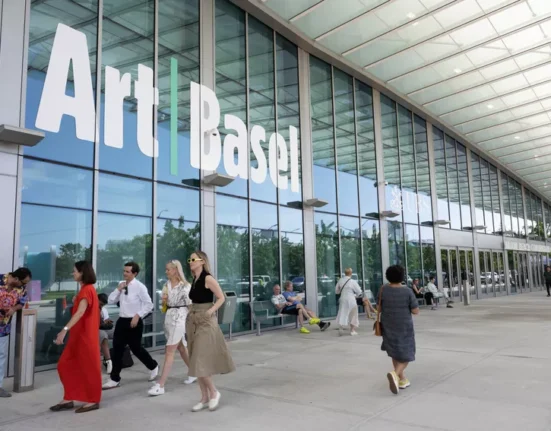When we visit a museum or art gallery, we often marvel at the paintings, sculptures, and artifacts displayed in perfect harmony. But behind each masterpiece on the wall lies an invisible journey, a journey that stretches across cities, borders, and even oceans. This is the world of art logistics, a complex ecosystem that quietly sustains Canada’s cultural life.
Transporting fine art isn’t as simple as packing a box and sending it across town. It’s a process that blends science, craftsmanship, and diplomacy, and in a country as vast and climatically diverse as Canada, the challenges are both unique and immense.
The silent infrastructure behind every exhibition
Every major art exhibition, whether it’s at the Montreal Museum of Fine Arts, the National Gallery of Canada in Ottawa, or the Vancouver Art Gallery, relies on a sophisticated network of logistics professionals. These unsung heroes are responsible for ensuring that artworks, often worth millions of dollars, travel safely and arrive in perfect condition.
Behind the scenes, art handlers, packers, climate-control specialists, and customs brokers collaborate to make each movement seamless. From specialized trucks equipped with temperature and humidity control, to custom-built wooden crates that absorb vibrations, every detail is meticulously planned.
In a country where temperatures can range from +35°C in the summer to -40°C in the winter, even a short domestic transport can pose serious challenges. The slightest shock, humidity change, or vibration can permanently damage an artwork. That’s why art logistics in Canada demands not only technical expertise but also a deep respect for cultural heritage.
Among the specialized actors shaping this delicate industry, the professional fine art logistics service by Moviiu has emerged as a reference point. Combining digital tracking tools with hands-on expertise, Moviiu offers collectors, galleries, and institutions a seamless way to manage international and domestic shipments. This approach illustrates how modern logistics can preserve both the security and integrity of cultural heritage while adapting to a connected world.
Canada’s growing art logistics network
Canada’s position in the global art ecosystem has evolved dramatically over the past two decades. Once seen primarily as an importer of art, the country has become a major export and transit hub for international exhibitions.
With world-renowned institutions, private collections, and an increasingly active auction market, the movement of art across and beyond Canadian borders has intensified. Cities like Toronto, Montreal, and Vancouver now play key roles in coordinating loans, sales, and returns of valuable works.
This growth has given rise to a generation of specialized logistics companies that combine technical know-how with digital tools to manage every step of the process, from collection to customs clearance.
The art of discretion and trust
If there’s one value that defines the art logistics industry, it’s discretion.
Art transporters rarely advertise their routes or clients, not out of secrecy for its own sake, but because discretion ensures safety. Vehicles used to carry fine art often have no logos, and their movements are planned at unusual hours to minimize attention.
This culture of confidentiality is essential when transporting objects of immense value, such as a Group of Seven painting traveling from Ontario to a museum in Alberta, or a First Nations ceremonial mask loaned to a European institution.
Even insurance companies impose strict conditions to prevent public exposure of transport schedules.
In such a delicate ecosystem, trust is everything. Galleries, auction houses, and private collectors rely on long-term partnerships with logistics providers who understand both the emotional and financial value of the artworks in their care.
Climate control: science behind the art
Few realize how fragile artworks truly are.
Paper and canvas expand and contract with humidity; pigments oxidize under excessive heat; wood warps under changing temperatures. In a country as geographically vast as Canada, maintaining stable environmental conditions is one of the greatest challenges in fine art transportation.
To counter these risks, specialized trucks and storage facilities maintain strictly regulated climates, typically around 21°C with 50% humidity. These vehicles function like mobile museums, silent, insulated spaces where even the smallest temperature fluctuation triggers an alert.
In winter, this becomes especially critical. As trucks cross frozen landscapes from Quebec to Manitoba, heating systems work in tandem with shock absorbers and air suspension to protect fragile cargo. For cross-border shipments to the United States, additional checks ensure compliance with both Canadian and U.S. customs regulations, as well as cultural heritage export laws.
Technology reshaping an old profession
Though fine art transport has existed for centuries, recent years have brought a wave of digital innovation to the field.
Canadian logistics firms are increasingly adopting GPS tracking, digital condition reporting, AI-based vibration monitoring, and blockchain documentation to enhance transparency and accountability.
This integration of technology doesn’t replace the human expertise that underpins the industry; rather, it enhances it. Art handlers, conservators, and drivers still form the backbone of the operation, but now they work in tandem with data systems that provide real-time visibility from pickup to delivery.
Sustainability: the next challenge
As environmental awareness grows, the art world is rethinking how its objects move.
Shipping artworks across continents has a carbon cost, and museums are increasingly sensitive to this impact. Some institutions have started consolidating shipments, using reusable crate systems, or investing in carbon offsets for long-distance loans.
In Canada, sustainability is becoming part of the logistics conversation. Companies are exploring eco-designed packaging, route optimization algorithms, and partnerships with green transport networks to reduce emissions.
For a country proud of its natural heritage, aligning cultural logistics with environmental responsibility isn’t just a trend, it’s a moral imperative.
The unseen protectors of cultural memory
The next time you step into an art gallery in Toronto or Ottawa, consider this: the artworks that surround you may have crossed oceans, endured freezing temperatures, and traveled thousands of kilometers, all under the silent supervision of logistics professionals you’ll never meet.
These individuals and companies are the unseen protectors of our shared cultural memory. They ensure that the past and present of human creativity can continue to be seen, studied, and celebrated.
In an era when art increasingly travels to connect people across borders, Canada’s logistics experts, from major cities to remote cultural centers, play a quiet but indispensable role.








